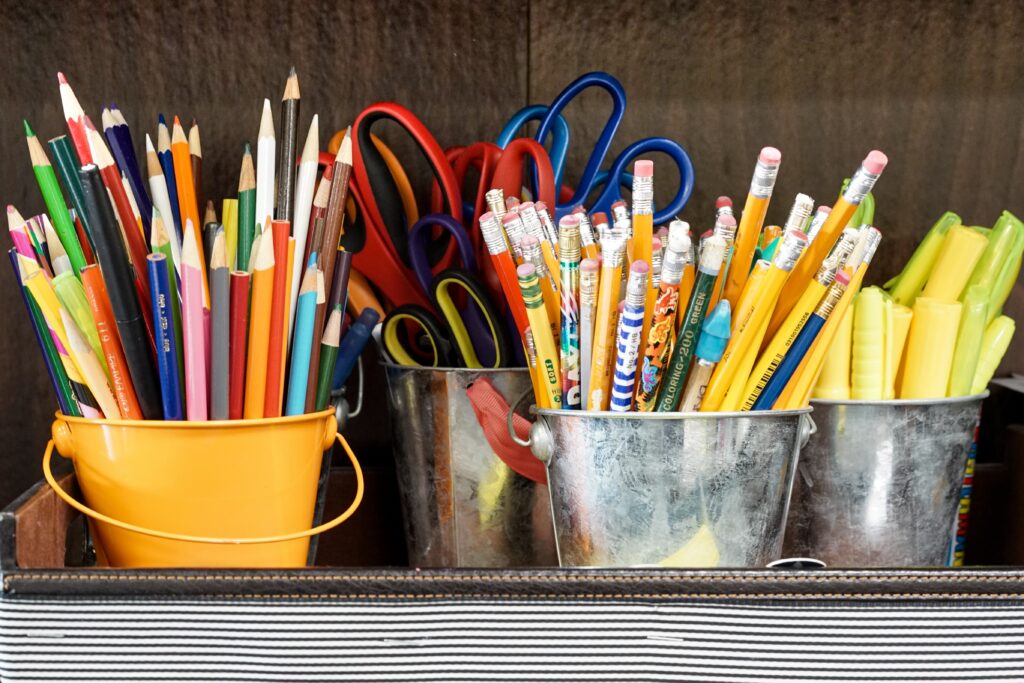First Aid With Emotional Intelligence
How Can We Deal with Summertime Hurts – Big and Small – in Ways that Support Ourselves and Our Child?
“Are you okay?” I asked as E made a beeline from the outdoors in straight to the upstairs bathroom and shut the door. “No,” he uttered angrily coming out and showing me bloody elbows and knees and scraps up and down the side of his body. It was his first day out of school. And I truly cannot recall one first day out of school when the weather was beautiful and he was free to run outside that he didn’t wind up with at least one scraped knee. Yes, tis the season for “boo-boos”. And for some children, they’ll deal with more serious injuries this summer like concussions, sprains, or fractures.
So how do you manage your own big feelings when your child is in pain? These circumstances test our emotional intelligence because of the mounting emotions we’ll have to confront. After all, we are reacting to our child’s upset which may be expressed in inconsolable crying, yelling and anger (that could be directed at us), or running away and hiding. We have to cope with our empathy as they endure pain which can be no small feat as we desire their suffering to go away as quickly as possible. We may get squeamish at the sight of blood or have a sense of disgust or revulsion as we view their injury. We may also fear greater internal injuries that we cannot detect on our own so that we have to deal with anxiety and feelings of incompetence when we don’t know what to do.
This seemed an important day for me to consider how we can respond in ways that support our children, acknowledge their big feelings, and deal with our own in constructive ways. Here are a few well-considered tips.
Prepare.
Before your child comes to you with her first scraped knee, make it a start of summer ritual to stock up on first aid supplies. I carry band-aids in my purse everywhere I go. And I’ve helped out other parents in the grocery store, in the park. When a child needs a band-aid, they really need one. Don’t mess with feeling helpless and unprepared. My favorite supplies to keep on hand are: band-aids of all sizes, foaming anti-bacterial solution (it goes on fast and easy), cut strips of clean, soft t-shirts (thank you for this, Mema) to use to clean wounds or as flexible wraps, surgical tape so that it doesn’t hurt badly when you remove it (drug stores have this), ice packs, and popsicles. It’s nice to have a ritual that if you get injured, a cold popsicle always helps a child feel better.
Why does this all help with your emotional intelligence, you ask? Because you have no control over when and where injuries take place, this will help you feel more competent and ready so that you can take action and not feel helpless.
Clear your schedule.
Injuries, even if just a scraped knee, take your time and attention. A work conference call, a haircut appointment, or a lunch date cannot compare – in the big scheme of things – to taking care of your hurting child when they need you. Time pressures wear away at our patience and add a layer of anxiety to an already charged moment. So remove the time commitment so that you can focus your attention on your child.
Remember to breathe.
There’s typically a time when a parent is sitting and waiting. Whether a child is crying hysterically or shut inside her room or turned away and refusing treatment, there’s waiting time involved with children’s hurts. Use those times to deep breathe. This will prepare your mind and body to respond in the way you most want to respond — with empathy and compassion.
Acknowledge and accept feelings.
It can be tempting – particularly in a sports’ setting – to utter words like, “you’re fine,” “power through,” or “stay in the game,” when you are not sure the degree to which your child is genuinely hurt though you see him crying or wincing in pain. After all, it’s likely this is how you were coached or parented as a kid so it can become a reflexive response. In addition, you may have a hidden (or not-so-hidden) fear that acknowledging a child’s feelings might encourage the child to seek sympathy or over-emphasize their hurts. In fact, that is a fallacy. The opposite is true. When we ignore or downplay our children’s feelings, they come back stronger in order to get your attention. Their upset wasn’t good enough the first time so in order to prove it to you, they have to up the emotional ante.
Use your own inner coach in these situations. Breathe first and think “what’s my best response?” Then, acknowledge and accept what they are expressing or what you are observing they are feeling. “It looks like you are really hurt. I’m here to help.” This simple comforting statement will offer your child acceptance. You understand. And you are there for them.
Manage your own reactions.
If you are indeed feeling disgusted or appalled or terrified by a child’s injury, there’s no way to bury those big feelings nor should you be expected to. But become aware of your big feelings and do something about them. Put your hand on your heart and attempt to slow it down. Stepping aside and taking a few deep breaths or intentionally relaxing your tense body before addressing a crying child can help you respond in a more effective, calming manner which, in turn, will better support your child through the pain.
Wait for consent to treat.
Your child may just refuse to have a wound cleaned for fear it will cause additional pain, as mine did. After you’ve let your child know that it’s necessary to clean it first or it can get infected, you may need to give him time. No need to nag, insist, or force the issue. Being compassionately clear that you cannot move on until you treat the wound is enough. Eventually, your child will consent. Bravery takes time. Be sure and allow your child the time he needs to agree to treat his wound. Of course, in an emergency, you would indeed rush to treat and not offer a choice. But with everyday cuts and scrapes, it gives a child a chance to practice self-management skills, caring for and giving permission with their own body, and handling their emotions with courage if we allow for it.
When in doubt, check it out.
Perhaps you’ve treated the scraps but you see bruising emerging which could indicate an internal injury. When in doubt, check it out. Call your pediatrician triage line and talk with the nurse on call. If you don’t, you risk greater problems down the line so why not take care of it on the day of the injury? If you have questions you might want to research first, check out the site, Kids Health: https://kidshealth.org.
Distract! And offer comfort.
Throw a bag together before leaving for the doctor with some favorite books or card games. Joke books, Seek and Finds, “Would You Rather,” and other puzzle books can be helpful. For young children, pack favorite comfort items like a beloved stuffed friend, blanket and book. And yes, for school age and up, this is the ideal time to use handheld media to help your child through a tough time. Waiting while a child is in pain can be challenging so have some distractions on hand to help get through those time periods.
Children learn to self-soothe by first, watching how we help them feel better. So after the wounds have been cleaned and bandaids carefully placed, how can you offer a quiet, soothing activity in which they can return to feeling better? Can they snuggle up with a bear, pillow, or blanket? Can you read a comforting storybook together? This will help both you and your child transition back to feeling better.
Tell the story.
Reflect together with loved ones on the surrounding events and recount how the injury happened including the feelings’ journey you’re child took. “I felt so hurt, then scared, then relieved.” This offers your child invaluable practice with discussing the difficult pains in life to help learn the lessons involved, process the feelings experienced, and also solidify the memory that he endured pain and survived.
Fortunately, my son was back up and running outside the very next day and though he had moments of pain, he was healing quickly. Summer injuries can test our patience and ability to show compassion at a time when our child most needs it. But with a little forethought, you’ll get through feeling competent, modeling ways to react to the pain that maximize your ability to support your child and help all feel better.
* This article was authentically researched by the author as she endured a basketball bouncing full force into her nose mere days before publication experiencing her own injury and offering greater empathy for her son — challenging her once again to react with emotional intelligence. Ouch!





